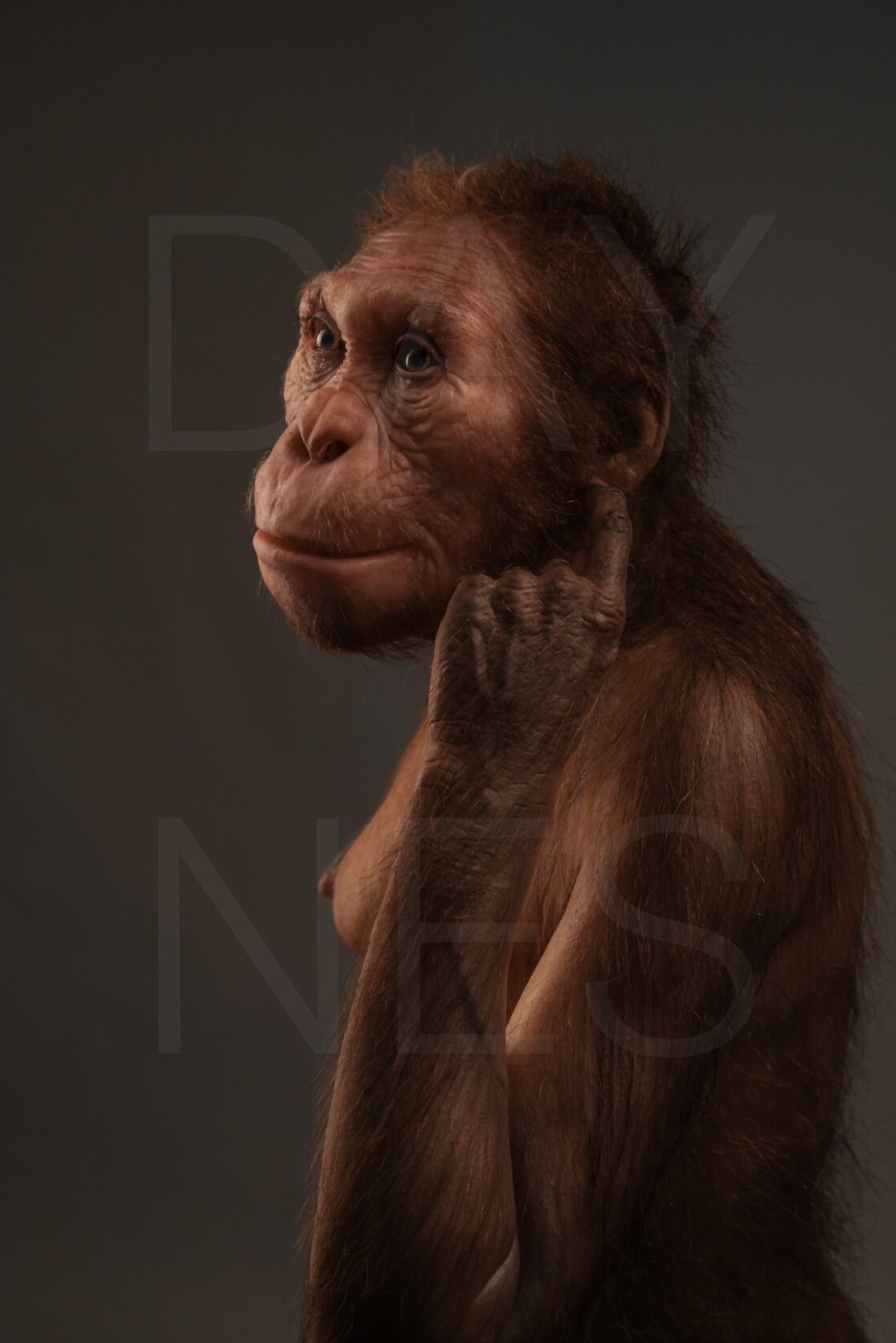The study of ancient hominins, our evolutionary ancestors, often presents challenges in accurately identifying and categorizing fossil remains. Recent research has brought into focus a fascinating case centered around the skeletons of two individuals, Malapa Hominin 1 (MH1) and Malapa Hominin 2 (MH2), discovered in South Africa’s Cradle of Humankind region. Initially thought to represent distinct species, a comprehensive analysis published in the journal PaleoAnthropology now suggests that both individuals belong to the same species—Australopithecus sediba (A. sediba).
The fossil site at Malapa, discovered in 2008 by Lee Berger and his team from the University of the Witwatersrand in South Africa, has yielded remarkably well-preserved remains, offering insights into the morphology and behaviors of ancient hominins. The recent analysis, part of a series of articles in PaleoAnthropology, provides a detailed examination of 135 fossils, including the two partial skeletons from Malapa.

The consensus among the researchers involved in this comprehensive study is that A. sediba represents a unique species distinct from other known hominins such as A. africanus and early members of the Homo genus like H. habilis. Despite its uniqueness, A. sediba shares certain features with both Australopithecus and Homo groups, indicating a close evolutionary relationship and offering clues about the transition from ape-like Australopithecus species to early Homo species.
Scott Williams, an anthropologist from New York University and co-editor of the PaleoAnthropology issue, emphasizes that A. sediba likely engaged in terrestrial bipedalism while also spending considerable time climbing trees, possibly for foraging and protection. This dual adaptation sheds light on the complex lifeways of these ancient hominins and underscores a significant evolutionary transition in hominin evolution.
One aspect that sparked debate among researchers was the perceived differences in lumbar vertebrae between MH1 and MH2, leading some to suggest that they might belong to different species. However, the analysis conducted by Williams and his team, including Ph.D. candidates Jennifer Eyre and Thomas Prang, refutes this notion. They attribute the variations in vertebrae to developmental age differences, with MH1 being a juvenile individual whose vertebrae had not completed growth, unlike the adult MH2.
Williams further explains that the juvenile MH1’s vertebrae appear more similar to those of Homo erectus skeletons because they are also juveniles. This clarification highlights the importance of considering developmental stages and age-related differences when analyzing fossil remains and underscores the need for comprehensive and nuanced approaches in paleoanthropological research.
The findings from this study not only contribute to our understanding of A. sediba but also provide valuable insights into broader questions about hominin evolution and the intricate relationships between different species within our evolutionary lineage. By piecing together the anatomical details and behavioral adaptations of these ancient hominins, researchers continue to unravel the complexities of human origins and the diverse paths taken by our ancestors over millions of years.
Source: New York University
